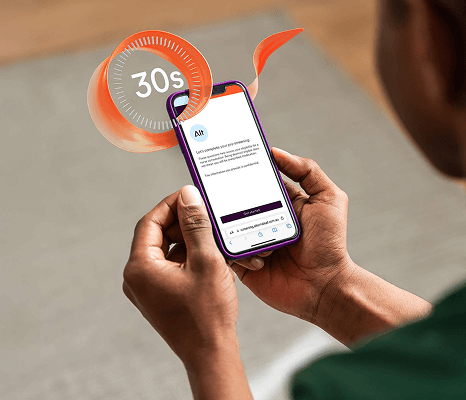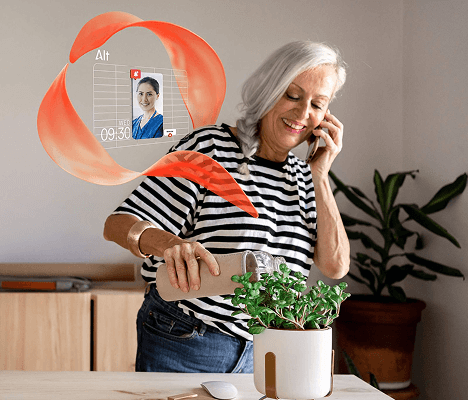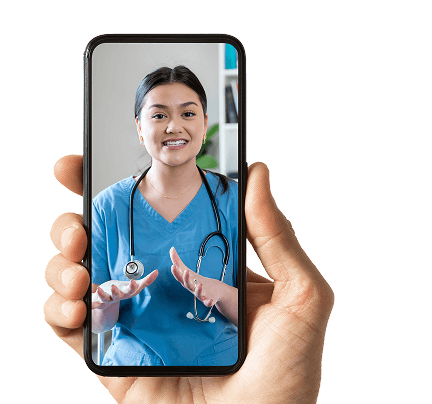How it works
We give you access to alternative care online1. It’s that simple.

Our 120+ AHPRA-registered physicians and healthcare practitioners deliver safe treatments and compassionate care.


30 second pre-screening
We quickly check if you could be eligible for alternative care
Access health services for pain, mental wellbeing, stress, sleep, and more 1,2
Your information is secure and confidential at all times
Free initial nurse consult
Get an initial screening from an Ahpra-listed nurse
Ask any questions or raise concerns you might have
Determine if you're eligible for a doctor's consultation


Doctor telehealth consultation
Talk to a qualified Ahpra-listed doctor over the phone or on video call
Get a personalised care plan based on your medical history and screening process1
Ask any questions you might have directly to the doctor
Ongoing support
Book follow-up appointments through our patient portal at a time that suits you1
Our support team is here for you, 9am to 9pm, Monday to Friday
You’ll receive an Alternaleaf patient ID card for your care journey

What should I prepare for my consult?
Being prepared helps things go smoothly and
ensures you get the most out of your time.
Nurse consult
You may be asked about your health history and current medications in your consults.
- Your Concession Card (if you have one)
- A list of current medications and dosages
- A discharge letter if you’re switching from another clinic
- Any questions or notes you’d like to bring up
Doctor consult
Your doctor may request documents to check eligibility and tailor a treatment plan just for you.
Your signed pre-consent form
- A letter from your GP or specialist
- Recent test results or referrals related to your condition
*Documents can be uploaded anytime after your consultation.
Positive patient
outcomes are our priority.
Join 150,000+ Australians who trust
Alternaleaf for alternative healthcare.
Get started



